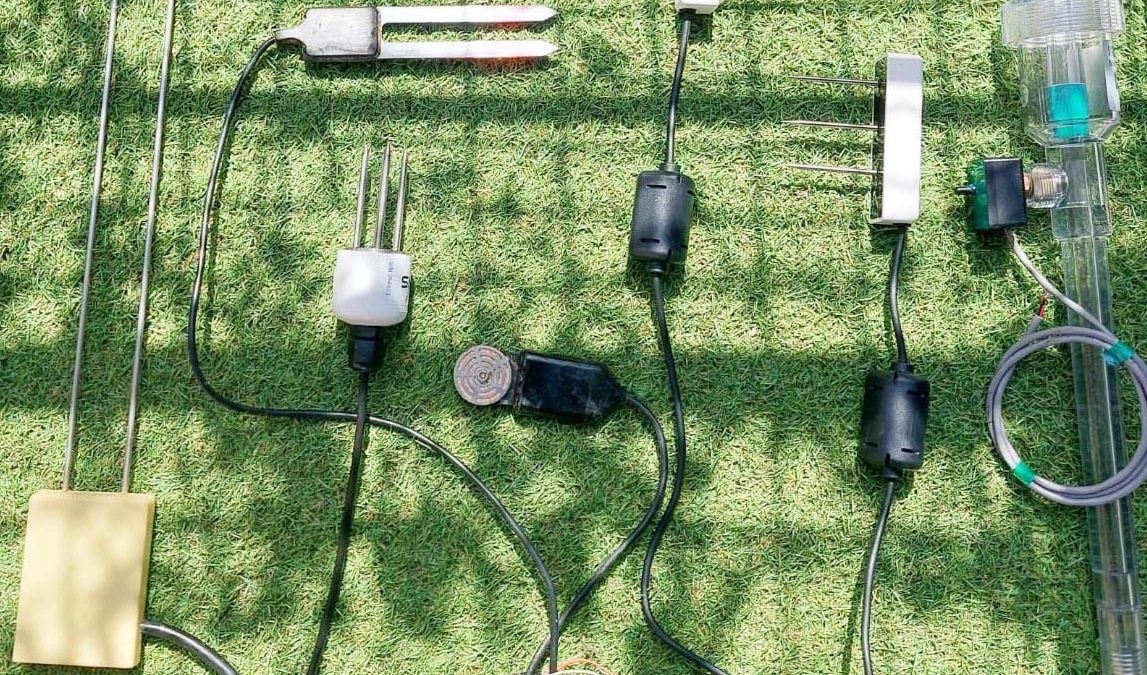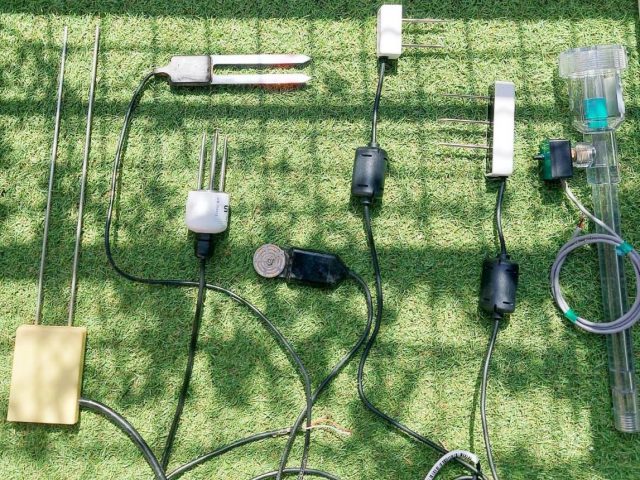
Irrigation management is an important factor if we want to be water efficient in our crops, reduce contamination, the incidence of pests and diseases in plants and of course reduce production costs.
Some key recommendations to increase irrigation efficiency are: to know the phenology of the crop, the water needs associated to each of them, water movements in the soil and finally the uniformity of the irrigation system.
In the past decades, technological improvements have opened the doors to a more efficient agriculture with constant monitoring of the different parameters that allow us to manage our irrigation in a more efficient way, where automation plays an important role.
One of the important parameters when monitoring the different parameters is the measurement of the water content in the soil. The soil behaves as a reservoir that must be used by the plant for its development. The size of this reservoir will depend on parameters such as soil texture (% sand, silt and clay), organic matter, compaction, roots exploration capacity among other things.
Soil water content can vary in depth, towards the sides (if we are talking about localized irrigation) and over time, which makes soil moisture measurements often costly and difficult to implement, due in part to the existing spatial variability and the need to perform this measurement in a continuous manner, allowing to determine its content throughout the crop cycle. This characterization will be essential when establishing the water consumption of the crop according to its development, phenological stage and environmental conditions. Several techniques are available for the grower to determine soil water content on a continuous basis. One of them is based on the use of soil water content measurement sensors.
The wide variety of sensors and brands means that farmers often need to have technical knowledge when choosing a suitable sensor for each type of soil, soil use and irrigation system used. This, together with the location, installation and adjustment of the sensor to a given area, guarantees the success of a proper decision making based on the sensors.
These sensors need a level of accuracy that fits the irrigation system used, the field in which they are installed and of course provide sufficiently useful and easily usable information so that the farmer can make the necessary adjustments to the irrigation schedule in short periods of time.
Thus, for the development of an on-demand irrigation system, the selection of parameters such as sensor type, sensor sensitivity to moisture changes, installation area with respect to the wet bulb and installation depth, must be taken into account. In the `LIFE 4Doñana’ project, tests are being carried out for the adjustment and calibration of a series of soil moisture sensors currently available on the market. The objective of this work is to evaluate these sensors in order to establish which ones can best adapt to an irrigation automation system on demand in the soil conditions and crop needs in the Doñana environment in order to obtain greater economic, productive and environmental benefits.

